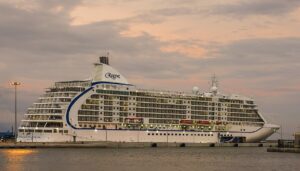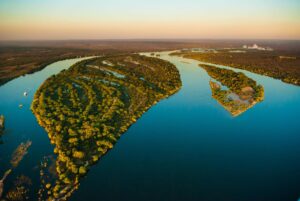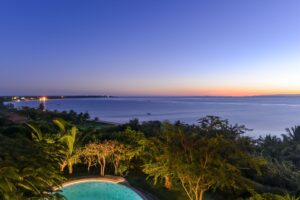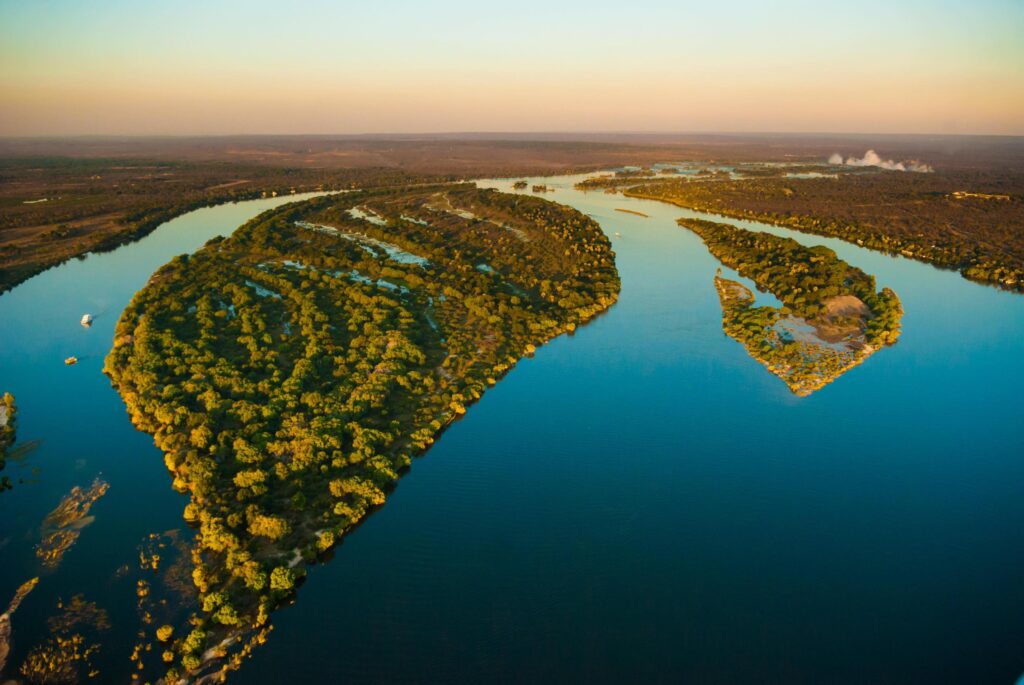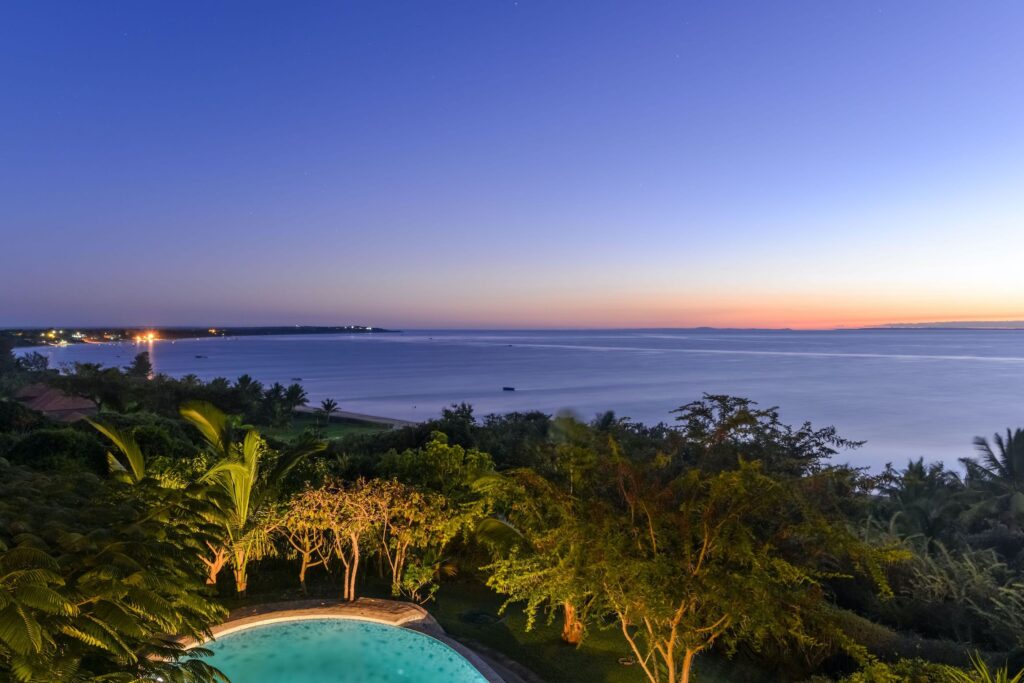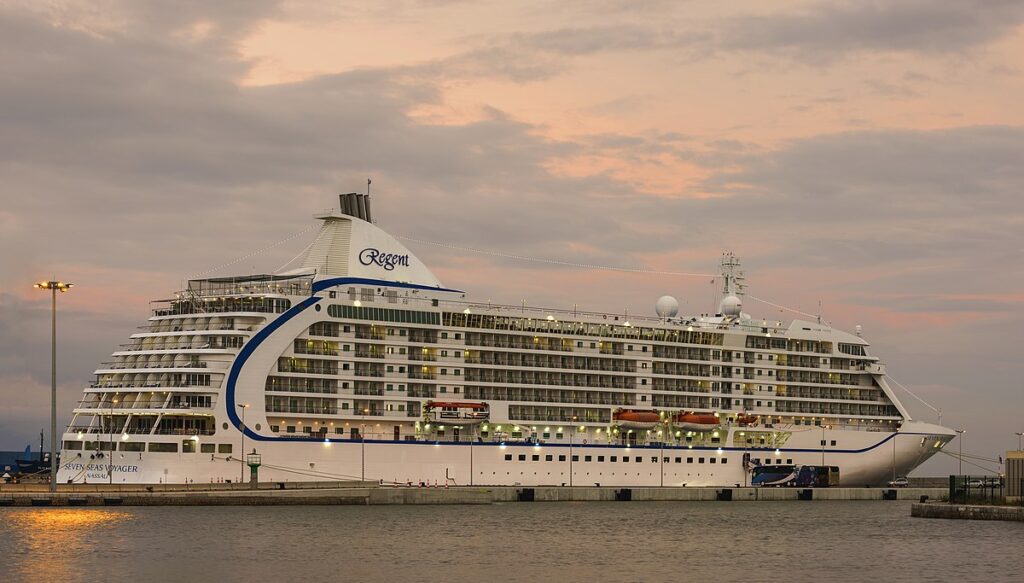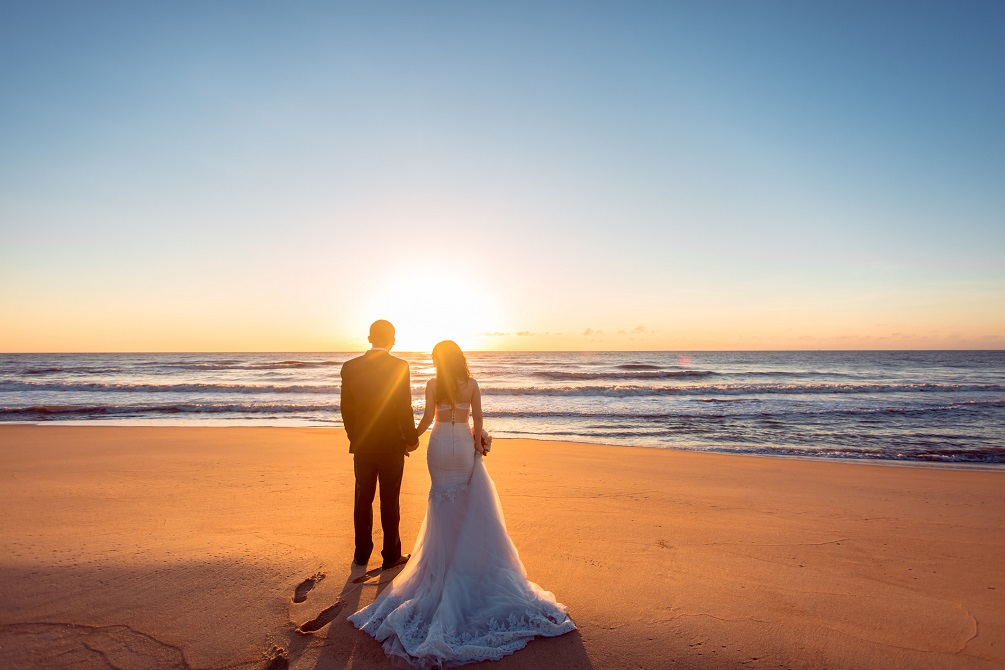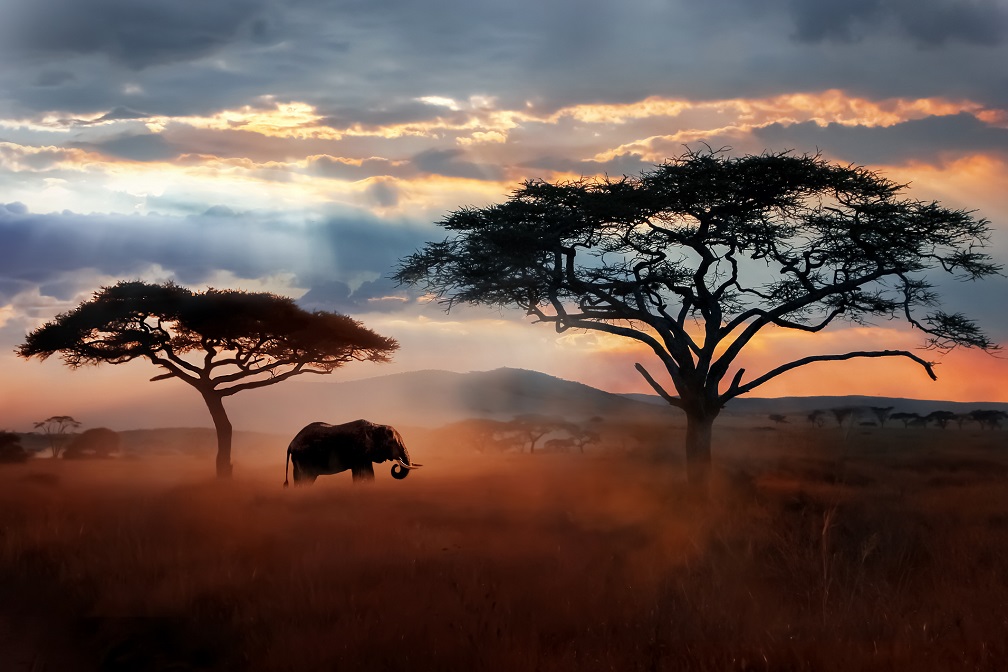Mozambique
Back on the tourist trail after decades, mysterious Mozambique is a beautiful blend of its Portuguese past and African heritage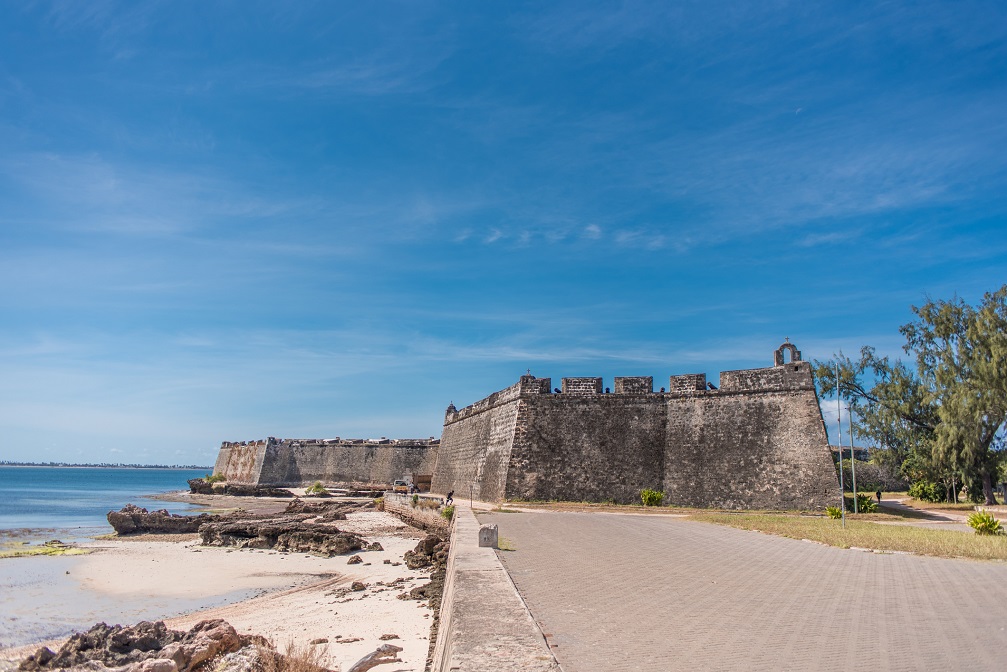
Mozambique is slowly re-emerging on the tourist map after a devastating civil war that ended in 1992. The lingering effects of the 16-year conflict and recent militant attacks have hobbled the recovery efforts of this Southeast African nation. So, though traveling in Mozambique is not the easiest of things and infrastructure can be wobbly, you’ll be immensely rewarded if you venture here. The country’s 2,470-km long coastline has some seriously stunning beaches and invites you to explore fascinating marine life and the clear waters of the Indian Ocean, with plenty of opportunities to surf. Mozambique’s cultural diversity is as interesting as its cuisine. Capital Maputo is developing a reputation for lively nightlife. And there is much to admire in the old Portuguese-styled colonial architecture. The Archipelagos in the north bring back memories of a bygone era. And when you’re done diving with the fish at Two Mile Reef, stroll with the lions at Gorongosa National Park. So next time you’re planning a vacation to this part of Africa, make that detour to mysterious Mozambique.
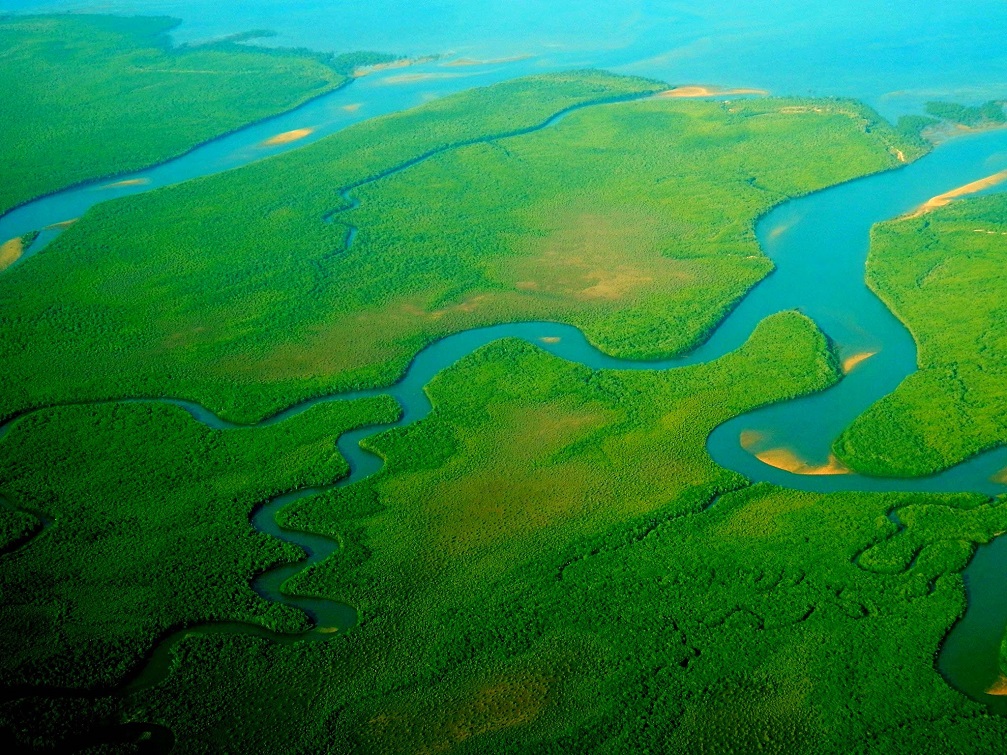


Bound by the Indian Ocean to its east, Mozambique is surrounded by Tanzania to its north, Malawi, and Zambia to its northwest, Zimbabwe to its west, and South Africa to its southwest and south. Mozambique also shares a border with tiny Swaziland to its south and Lake Malawi (Lago Niassa) to its northwest. Mozambique’s long coast includes shallow reefs that are ideal for diving. The country’s southern and central areas have plains and plateaus on relatively higher ground, and the mountains in the west and north are at elevations ranging from 2,000 to 8,000 feet. Several rivers run through Mozambique, and the country is home to three prominent lakes in the north. The Bazaruto Archipelago, which is a national park, has four big islands and two smaller ones. The Quirimbas Archipelago, off the northern coast of Mozambique, comprises 12 major islands and some 20 outcrops.
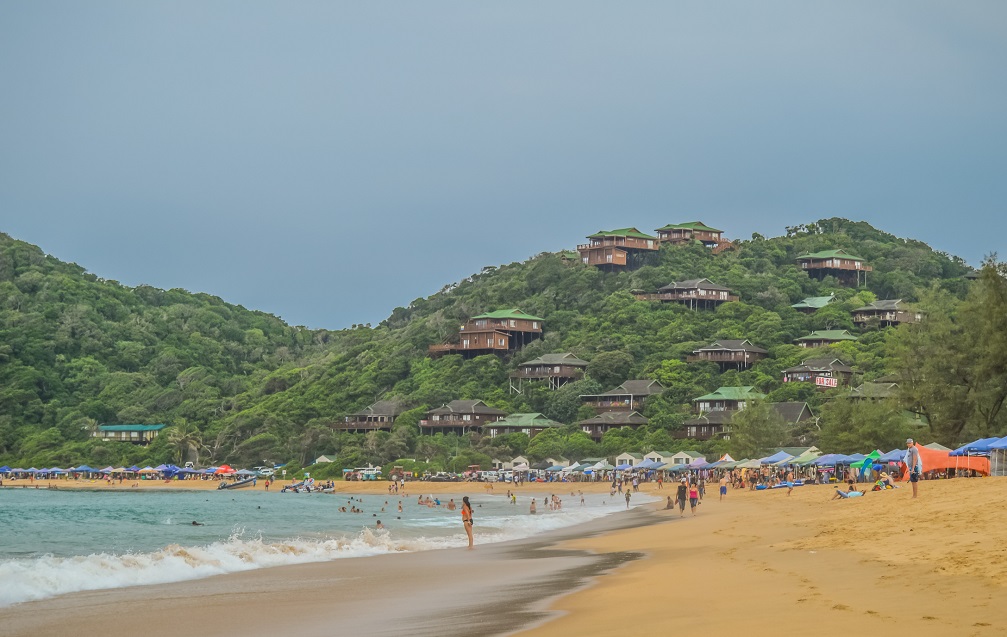


Mozambique has a tropical climate, with a warm, dry winter (May to October) and wet, hot summer (November to April). The comparatively cooler months are the best time to visit the country. June to October is classic tropical weather, with clear skies and plenty of sun for the most part. Some coastal towns may see intermittent rain throughout the year, though it’s wetter in the summer. The northern coasts are generally more humid and hotter than the southern coasts. Away from the coasts, Mozambique’s interior tends to be drier. The island nation of Madagascar across the Mozambique Channel creates a rain shadow effect, protecting Mozambique to some extent from tropical storms.



Mozambique’s standard electricity supply is 220 V and 50 Hz. The country uses three types of power plugs — C, F, and M. Type C, also called the standard Euro plug, comprises two round pins; its socket works with plug types E and F as well. Type F, also called Schuko, has two round pins and two earth clips. Its socket also works with types C and E. Type M resembles type D but its three round pins are larger. Its socket is compatible with only plug type M. If you are using American appliances, you will need a power adapter and if your device is not dual voltage, you may need a power converter. Electricity supply can be erratic in parts of Mozambique, so you may want to carry a portable charger for recharging your mobile phone battery.
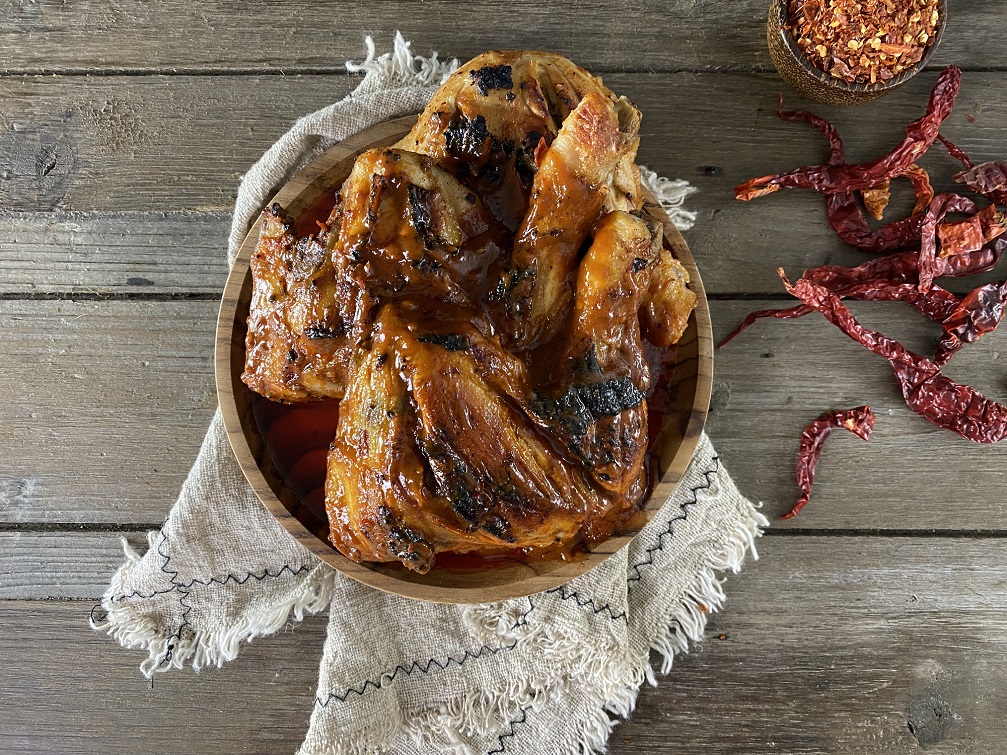




Because of nearly 5 centuries of Portuguese colonial rule, Mozambique’s cuisine is heavily influenced by the European country’s recipes and cooking techniques. These have combined with regional Southeast African food cultures to give us the unique flavors and textures of modern Mozambican cuisine. It is widely believed that the world-famous piri-piri (or peri-peri) sauce was invented by the early colonialists in Mozambique. The sauce, which is used extensively in Mozambican dishes, has a trademark spicy taste that is attributed to the African bird’s eye chili. Peri-peri chicken, a Mozambican specialty that is famous the world over, gets its incredible flavor from bird’s eye chili. Another popular dish is the Fofos de Arroz, in which stuffed balls of rice are dipped in egg and deep-fried. The stuffing may include shrimp, onion, and garlic among other ingredients. A simple but original Mozambican dish that you must try is the Matapa, made from cassava leaves that are stewed and mixed with ground peanuts, coconut milk, and garlic. A beloved Portuguese recipe reinvented in Mozambique is the Dobrada, tripe cooked with potatoes, tomatoes, green peppers, onions, and chilies.
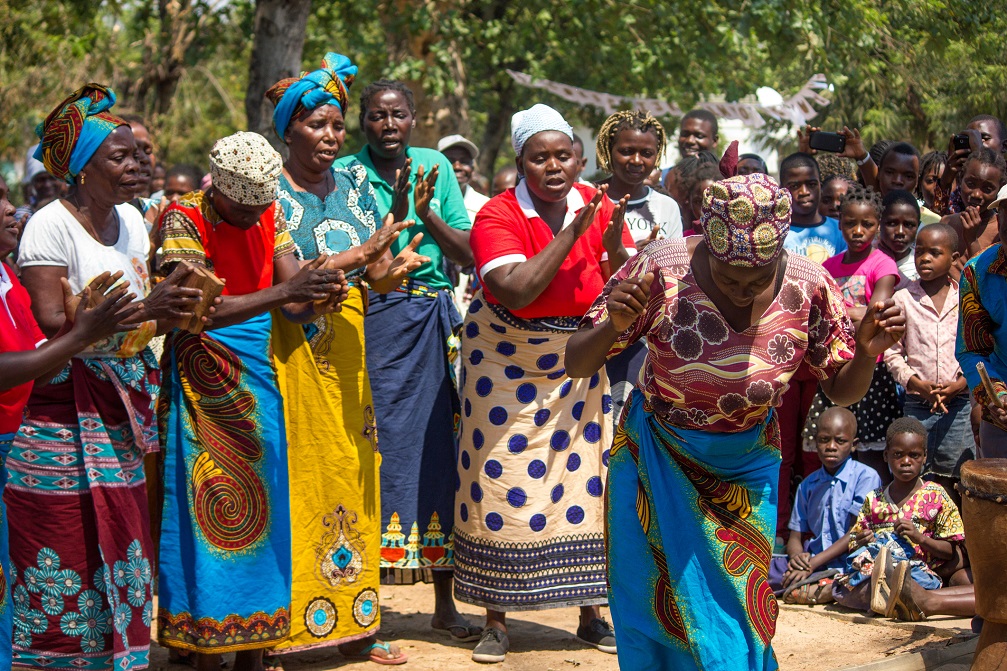




Travel light in Mozambique and that mantra applies to your clothes too. Shorts are perfectly fine for most tourist destinations; pack some swimsuits for the beaches. Choose clothes with natural fabrics such as cotton and silk that are loose-fitting and easy to dry. Don’t forget your sunglasses and sunhat. If you’re a woman traveling to more conservative parts of the country, it’s a better idea to wear long trousers and a top with sleeves. Though western-styled dresses are common in Mozambique, on ceremonial and special occasions, people, especially women, like to wear traditional dresses like the beautiful Capulana, a rectangular, cotton fabric with striking printed designs and colors.
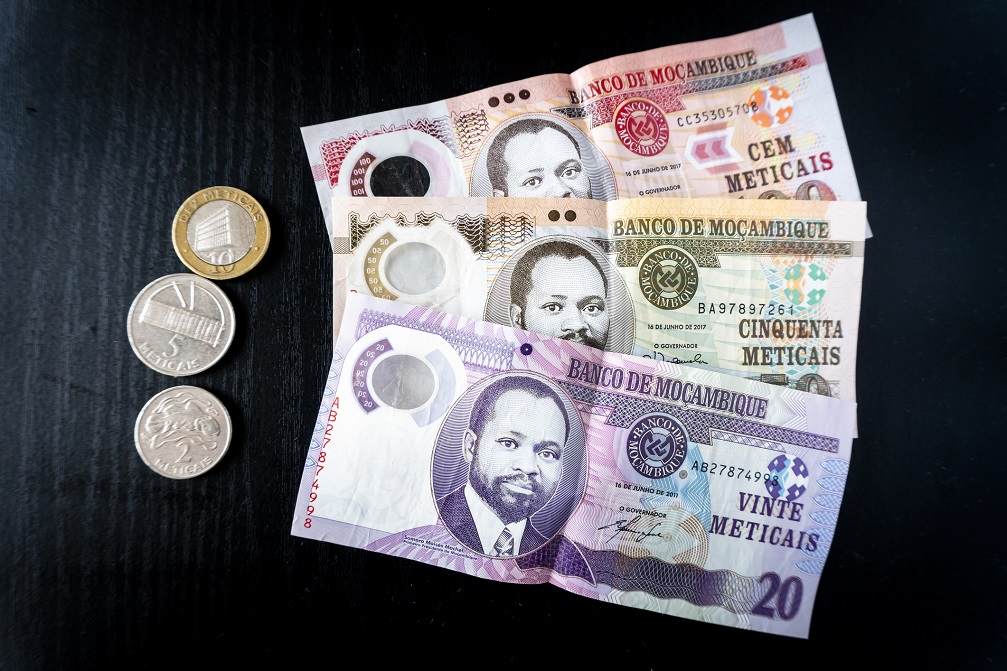




The country’s official currency is the Mozambican Metical (in short Mtc), and it’s divided into 100 centavos. Practically, in many parts of the country, the South African rand, the American dollar, and the UK pound sterling are accepted as currency. Most of the larger towns have ATMs where you can access meticals in cash. Though higher-end hotels accept credit cards in urban areas, plastic money is of limited use in other parts of the country. 1 USD is equal to 62 Mtc and 1 UK pound sterling equals 88 Mtc (Check the exact exchange rates at the time of travel.) Travelers’ cheques are not of much use in Mozambique. You can exchange your currency in banks or exchange bureaus.
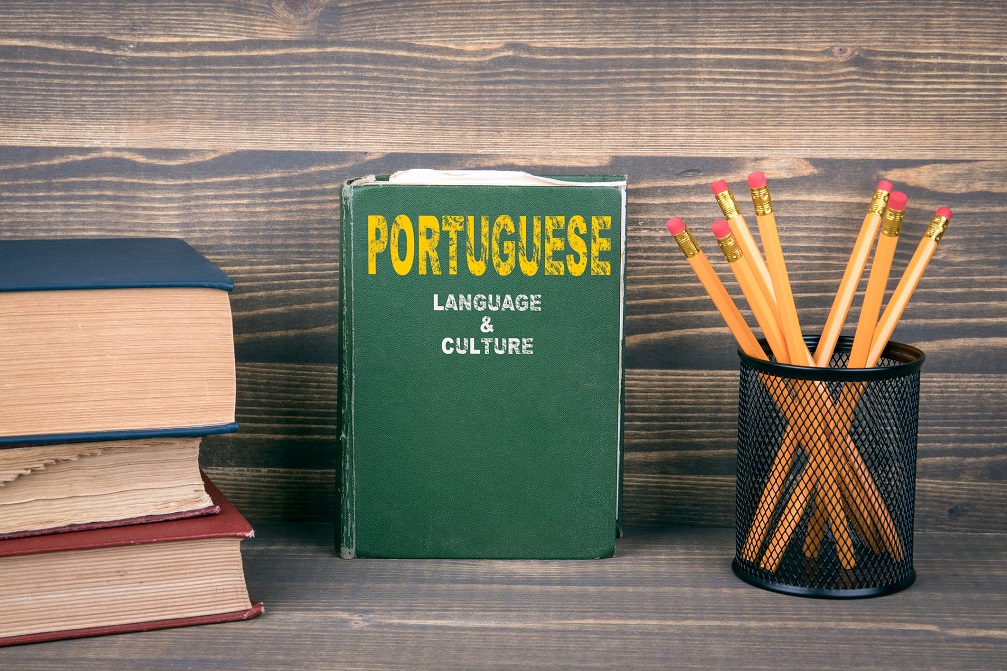


Mozambique’s official language is Portuguese and most educated locals can speak it. In the tourist industry and Maputo, English is generally understood. But as you go further north, fewer and fewer people speak English. In fact, in rural Mozambique, even the Portuguese will not take you very far. The majority of indigenous languages in the country come under the parent Bantu group of languages, and some are spoken in other parts of Southeast Africa too. Of these, the most popular is Makhuwa, a language spoken by approximately 4 million Mozambicans. Tsonga, Sena, Ndua, and Lomwe are some of the other popular languages.















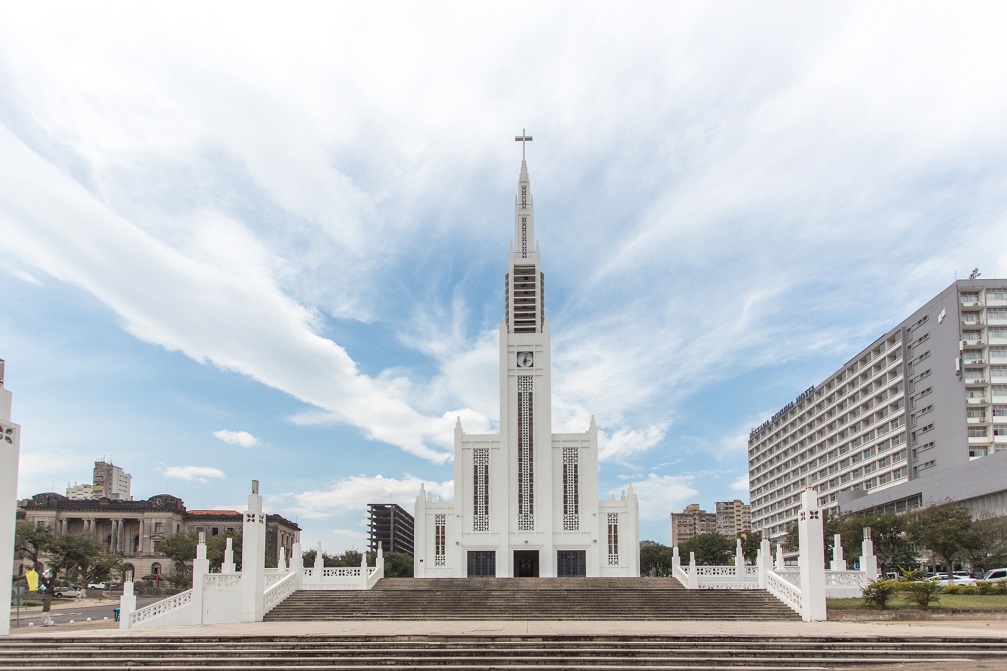


Besides the indigenous people who make the majority of Mozambique’s population, the country also has people of Indian and Euro-African origin. Portuguese culture continues to have a deep influence on all aspects of Mozambican life. Music and dance forms such as Chopi, Mapiko, and Makua are part of the traditional customs, but there are also more modern influences like reggae. While Christianity and Islam are the two major religions of Mozambique, at least half the country also follows animist practices. Beyond the major towns which are westernized, customs and etiquettes can be quite varied across the country. It is helpful to have a local guide if you are visiting some of the more remote areas.
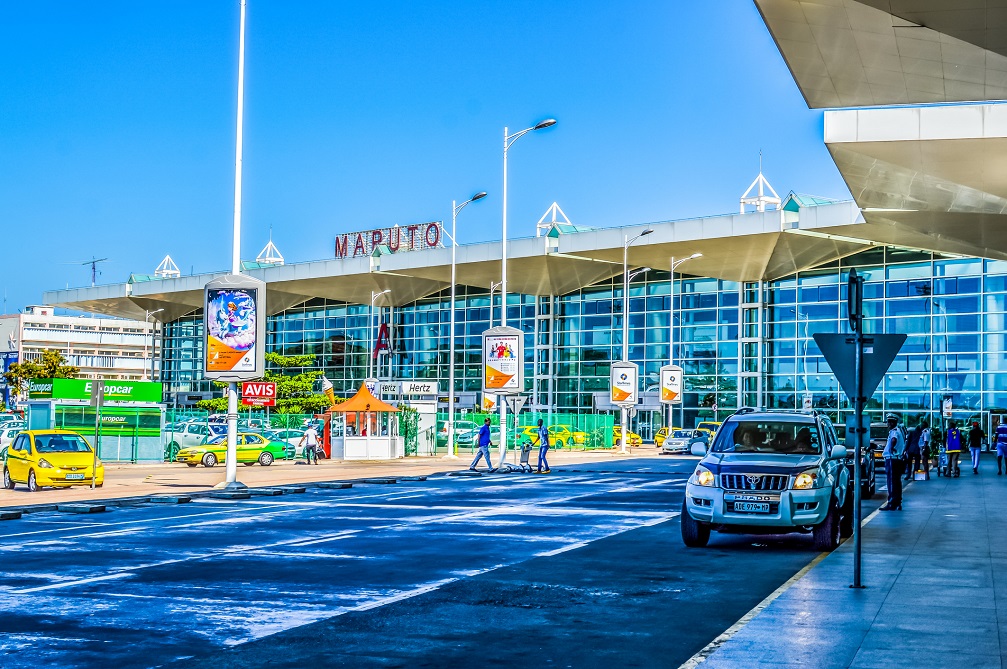


You require a visa to enter Mozambique. If you’re traveling from a country that has a Mozambican diplomatic mission, then you should get a visa before traveling. Though Mozambique has introduced the option of buying visas at border crossings, these are not the norm and are meant for visitors who come from countries that have no Mozambican diplomatic mission that can issue visas. For UK travelers, it is advisable to apply for a visa before travel. A return air ticket along with an invitation (from family members or friends) or a confirmed reservation at a hotel has to be presented at the time of entry. Your passport must be valid for at least 6 months from the date of issue of visa and have a minimum of two blank pages.



Mozambique is slowly re-emerging on the tourist map after a devastating civil war that ended in 1992. The lingering effects of the 16-year conflict and recent militant attacks have hobbled the recovery efforts of this Southeast African nation. So, though traveling in Mozambique is not the easiest of things and infrastructure can be wobbly, you’ll be immensely rewarded if you venture here. The country’s 2,470-km long coastline has some seriously stunning beaches and invites you to explore fascinating marine life and the clear waters of the Indian Ocean, with plenty of opportunities to surf. Mozambique’s cultural diversity is as interesting as its cuisine. Capital Maputo is developing a reputation for lively nightlife. And there is much to admire in the old Portuguese-styled colonial architecture. The Archipelagos in the north bring back memories of a bygone era. And when you’re done diving with the fish at Two Mile Reef, stroll with the lions at Gorongosa National Park. So next time you’re planning a vacation to this part of Africa, make that detour to mysterious Mozambique.



Bound by the Indian Ocean to its east, Mozambique is surrounded by Tanzania to its north, Malawi, and Zambia to its northwest, Zimbabwe to its west, and South Africa to its southwest and south. Mozambique also shares a border with tiny Swaziland to its south and Lake Malawi (Lago Niassa) to its northwest. Mozambique’s long coast includes shallow reefs that are ideal for diving. The country’s southern and central areas have plains and plateaus on relatively higher ground, and the mountains in the west and north are at elevations ranging from 2,000 to 8,000 feet. Several rivers run through Mozambique, and the country is home to three prominent lakes in the north. The Bazaruto Archipelago, which is a national park, has four big islands and two smaller ones. The Quirimbas Archipelago, off the northern coast of Mozambique, comprises 12 major islands and some 20 outcrops.



Mozambique has a tropical climate, with a warm, dry winter (May to October) and wet, hot summer (November to April). The comparatively cooler months are the best time to visit the country. June to October is classic tropical weather, with clear skies and plenty of sun for the most part. Some coastal towns may see intermittent rain throughout the year, though it’s wetter in the summer. The northern coasts are generally more humid and hotter than the southern coasts. Away from the coasts, Mozambique’s interior tends to be drier. The island nation of Madagascar across the Mozambique Channel creates a rain shadow effect, protecting Mozambique to some extent from tropical storms.



Mozambique’s standard electricity supply is 220 V and 50 Hz. The country uses three types of power plugs — C, F, and M. Type C, also called the standard Euro plug, comprises two round pins; its socket works with plug types E and F as well. Type F, also called Schuko, has two round pins and two earth clips. Its socket also works with types C and E. Type M resembles type D but its three round pins are larger. Its socket is compatible with only plug type M. If you are using American appliances, you will need a power adapter and if your device is not dual voltage, you may need a power converter. Electricity supply can be erratic in parts of Mozambique, so you may want to carry a portable charger for recharging your mobile phone battery.





Because of nearly 5 centuries of Portuguese colonial rule, Mozambique’s cuisine is heavily influenced by the European country’s recipes and cooking techniques. These have combined with regional Southeast African food cultures to give us the unique flavors and textures of modern Mozambican cuisine. It is widely believed that the world-famous piri-piri (or peri-peri) sauce was invented by the early colonialists in Mozambique. The sauce, which is used extensively in Mozambican dishes, has a trademark spicy taste that is attributed to the African bird’s eye chili. Peri-peri chicken, a Mozambican specialty that is famous the world over, gets its incredible flavor from bird’s eye chili. Another popular dish is the Fofos de Arroz, in which stuffed balls of rice are dipped in egg and deep-fried. The stuffing may include shrimp, onion, and garlic among other ingredients. A simple but original Mozambican dish that you must try is the Matapa, made from cassava leaves that are stewed and mixed with ground peanuts, coconut milk, and garlic. A beloved Portuguese recipe reinvented in Mozambique is the Dobrada, tripe cooked with potatoes, tomatoes, green peppers, onions, and chilies.





Travel light in Mozambique and that mantra applies to your clothes too. Shorts are perfectly fine for most tourist destinations; pack some swimsuits for the beaches. Choose clothes with natural fabrics such as cotton and silk that are loose-fitting and easy to dry. Don’t forget your sunglasses and sunhat. If you’re a woman traveling to more conservative parts of the country, it’s a better idea to wear long trousers and a top with sleeves. Though western-styled dresses are common in Mozambique, on ceremonial and special occasions, people, especially women, like to wear traditional dresses like the beautiful Capulana, a rectangular, cotton fabric with striking printed designs and colors.





The country’s official currency is the Mozambican Metical (in short Mtc), and it’s divided into 100 centavos. Practically, in many parts of the country, the South African rand, the American dollar, and the UK pound sterling are accepted as currency. Most of the larger towns have ATMs where you can access meticals in cash. Though higher-end hotels accept credit cards in urban areas, plastic money is of limited use in other parts of the country. 1 USD is equal to 62 Mtc and 1 UK pound sterling equals 88 Mtc (Check the exact exchange rates at the time of travel.) Travelers’ cheques are not of much use in Mozambique. You can exchange your currency in banks or exchange bureaus.



Mozambique’s official language is Portuguese and most educated locals can speak it. In the tourist industry and Maputo, English is generally understood. But as you go further north, fewer and fewer people speak English. In fact, in rural Mozambique, even the Portuguese will not take you very far. The majority of indigenous languages in the country come under the parent Bantu group of languages, and some are spoken in other parts of Southeast Africa too. Of these, the most popular is Makhuwa, a language spoken by approximately 4 million Mozambicans. Tsonga, Sena, Ndua, and Lomwe are some of the other popular languages.


















Besides the indigenous people who make the majority of Mozambique’s population, the country also has people of Indian and Euro-African origin. Portuguese culture continues to have a deep influence on all aspects of Mozambican life. Music and dance forms such as Chopi, Mapiko, and Makua are part of the traditional customs, but there are also more modern influences like reggae. While Christianity and Islam are the two major religions of Mozambique, at least half the country also follows animist practices. Beyond the major towns which are westernized, customs and etiquettes can be quite varied across the country. It is helpful to have a local guide if you are visiting some of the more remote areas.



You require a visa to enter Mozambique. If you’re traveling from a country that has a Mozambican diplomatic mission, then you should get a visa before traveling. Though Mozambique has introduced the option of buying visas at border crossings, these are not the norm and are meant for visitors who come from countries that have no Mozambican diplomatic mission that can issue visas. For UK travelers, it is advisable to apply for a visa before travel. A return air ticket along with an invitation (from family members or friends) or a confirmed reservation at a hotel has to be presented at the time of entry. Your passport must be valid for at least 6 months from the date of issue of visa and have a minimum of two blank pages.
Travel related news, information and inspirational articles and videos for travellers booking flights or holidays to Mozambique. Ask questions about travel in Mozambique and get answers from Mozambique experts
NEWS
Inspiration, Information and Travel Guides
MEET THE Mozambique EXPERTS
If you are looking to book a holiday to Mozambique or needs some help and advice planning travel to Mozambique then contact one of the UK based independent travel agents that specialise in Mozambique itineraries.
FEATURED VIDEOS
Your Travel Questions Answered
Ask any travel related question and get an answer from one of our experts that will provide you with an answer from their personal experience
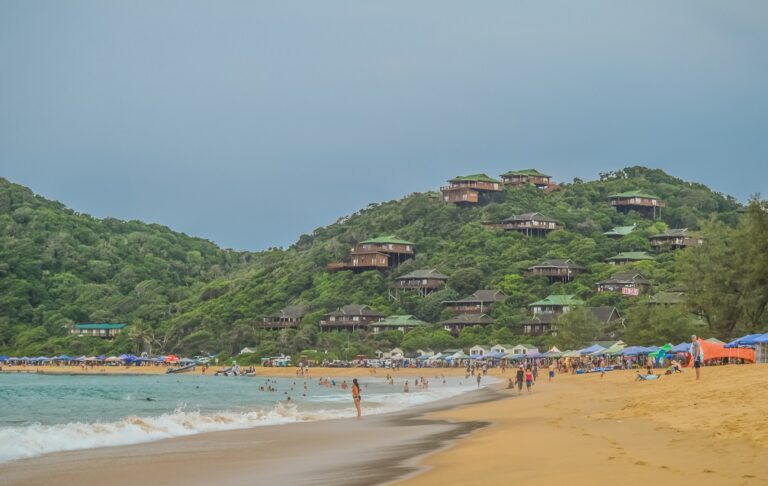

My husband is a keen diver and is interested in a holiday in Mozambique. When is the best time to visit the country?

